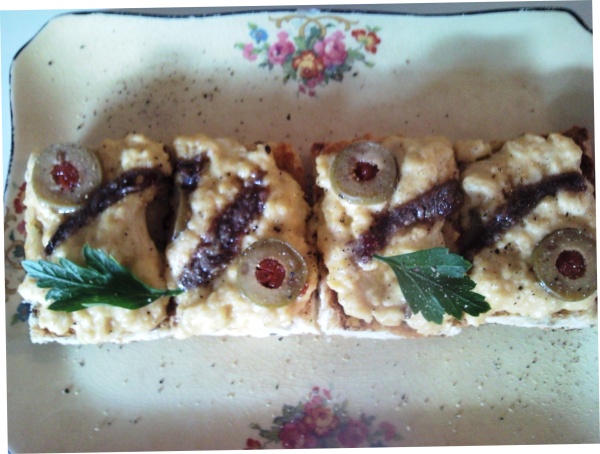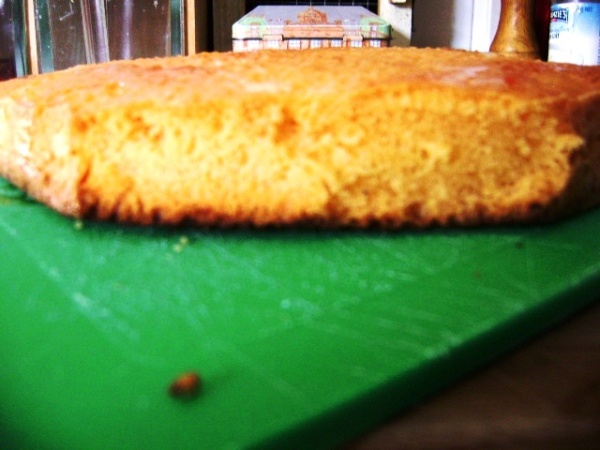I have a bone to pick with Louis Ferguson who wrote the Cocktail Party Section of the The Party Cookbook.
Let’s get one thing clear Louis. A cocktail party is called a cocktail party for one reason, and one reason only. And that is the presence of cocktails. So, by rights, given that your chapter contains absolutely no recipe for, or indeed barely a reference to, these alcoholic delights, it hardly warrants the title.
Whilst I’m on the subject – for any workplaces that happen to be reading? Wine and beer are not cocktails. Stop calling events where these beverages are served cocktail parties. It’s annoying and pretentious. Alternatively, keep the name and actually serve cocktails.
That I am even bothering to talking about Louis is because I wanted another chance to use this delight of 1970’s food photography.

Unfortunately, Louis lets us down here too. In addition to not having any cocktail recipes he also does not offer any details on how to construct the Zig Zag Pineapple, Prawn and Parsley Pot.
What we are given, ad nauseam are Louis’ instructions for canapés – some of which you can see in the photo.
These include:
- Spread a slice of toast with softened cream cheese. Cover the entire surface with drained sweet corn kernels. Press well onto the cheese. Cut into diamond shapes and garnish with small diamonds of red capsicum.
- Spread a slice of toast with softened cream cheese. Cover with finely chopped red and green capsicum. Cut into diamonds with a wet knife.
- Cut buttered toast into rounds with a one inch cutter. Cut thin slices of salami the same size. Place onto croûtes and garnish with three peas held in place by a dab of French mustard.
- Cut buttered toast into rounds with a one inch cutter. Cut thin slices of beetroot the same size. Place onto croutes and garnish with halved cocktail onions
I’m sensing some trends here.. Oh, ok, here we go, something different…
- Cut buttered bread into small crescents. Cut crescents from slices of mortadella sausage and place them on the croûtes. Garnish with “zig zags” of creamed butter.
Crescents and zig zags. Just when you thought the canapé could not get any better Louis gives us crescents and zig zags. Genius.
However this genius was short-lived. I suspect that by the bottom of the second page of canapé suggestions, Louis was pretty much phoning it in vis a vis:
- Spread a slice of toast with mustard butter. Cut into rectangles and cover with several thin slices of cooked frankfurter sausage,
There’s no love in that suggestion. Cold frankfurters on cold toast is not the offering of a man passionate about his craft. It’s the offering of a man who has lost the will to live.
Louis also suggests that once you have assembled your bread-in-a-shape + protein + garnish that you then coat the entire combination in either aspic or a mixture of gelatine and chicken stock. He doesn’t actually explain why. I suspect it has something to do with making his readers and their cocktail party guests as miserable and life-loathing as himself.
Apparently, no booze, cold frankfurters, peas cemented to salami with mustard and a beetroot and pickled onion combo weren’t bad enough. Chicken-flavoured gelatine also needed be added into the mix. Yecchh!
The lack of cocktails has given me a thirst, I’m off to hunt down a tipple (or two) and work on the party food for next week’s post.
Hint…it contains bacon. Lots and lots of lovely bacon.
Have a great week!
























